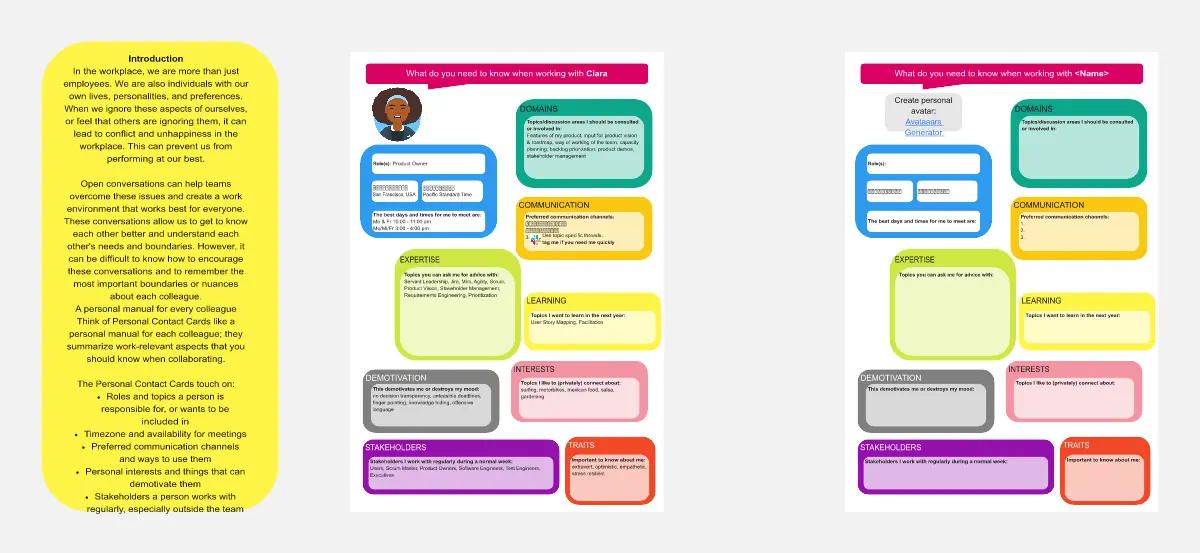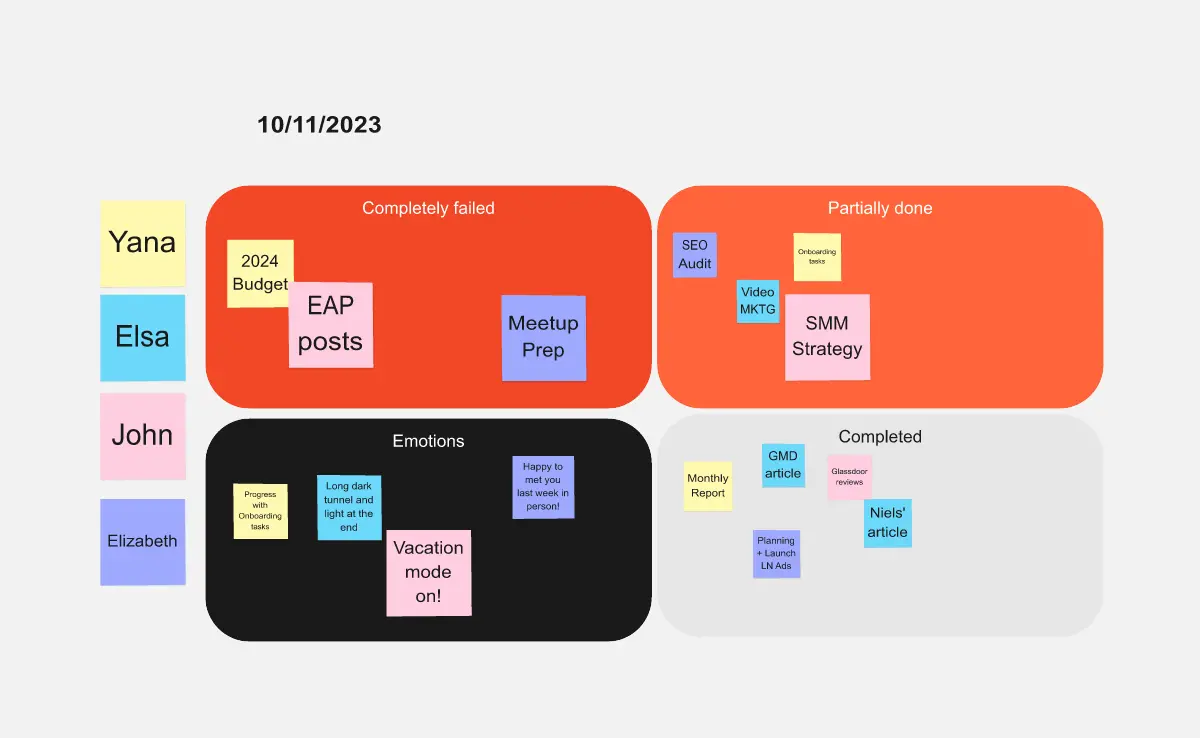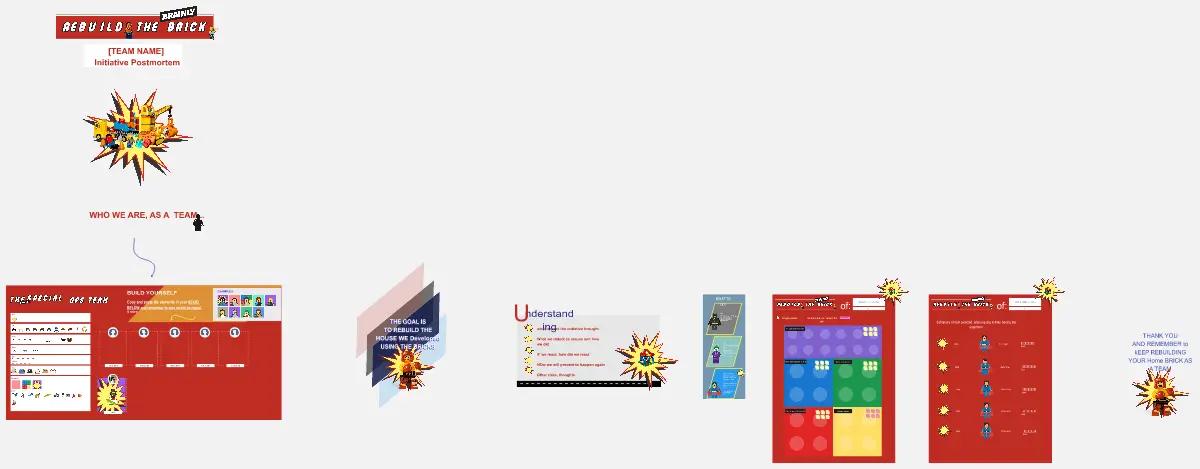Wheel of Change
The Wheel of Change, devised by esteemed coach Marshall Goldsmith, is a practical tool that guides individuals in assessing their unique skills and behaviors to craft personalized development plans. The wheel's two prominent axes, keep/change and positive/negative, divide it into four quadrants:
Creating: This innovative quadrant sparks creativity by prompting individuals to consider what they can add or invent. How can they break free from conventional behaviors to pioneer new systems, processes, services, or products? What can they do differently to enhance their personal or professional effectiveness?
Eliminating: This quadrant encourages individuals to identify and eradicate outdated, ineffective, or even harmful behaviors. What aspects of their own behavior they reduce or even eliminate entirely? This could involve shortening meeting times for enhanced efficiency, or delegating responsibilities that fall outside their scope of work.
Accepting: This quadrant emphasizes the importance of acceptance and delay. Often, we expend time and energy attempting to change things that are beyond our control, or we become frustrated when we can't. In such cases, acceptance is often the most sensible approach. Other changes may be feasible, but they may require additional time or resources, so it's best to postpone them until the necessary conditions are met.
Preserving: This quadrant focuses on identifying and enhancing existing strengths. Which skills or behaviors are valuable and should be retained? Which ones are useful but can be further developed? Consider which practices have led to past successes – though remember that success can be defined in various ways.
Conclusion
The Wheel of Change, an insightful tool, facilitates self-assessment by enabling individuals to categorize their skills and behaviors into four quadrants: Create, Preserve, Eliminate, and Accept. Through this categorization, individuals can effectively design a personal development plan by compiling a list of areas aligned with each quadrant in a four-column table. This structured approach fosters a comprehensive understanding of personal growth goals and strategies.
Categories
Similar templates






